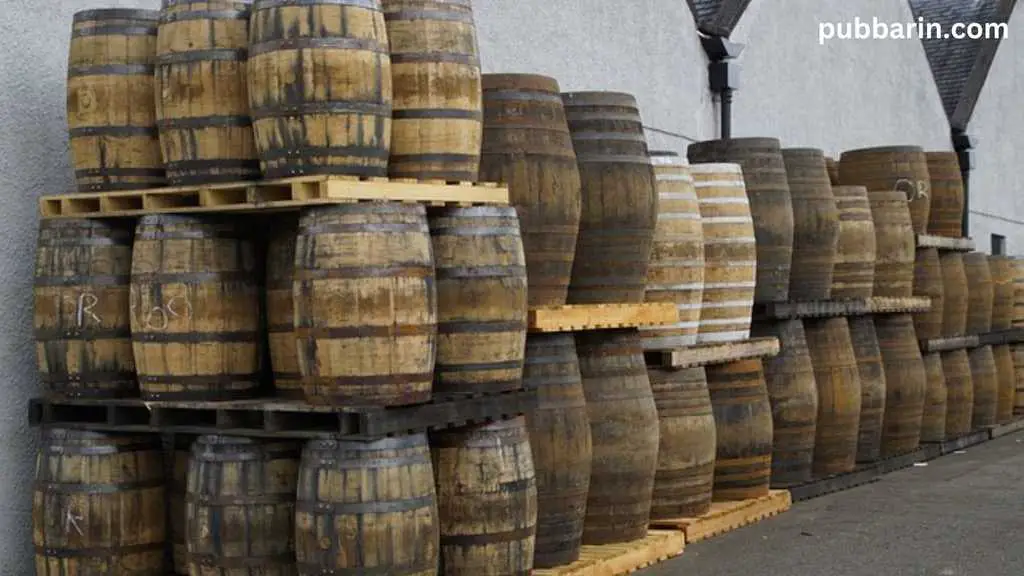Scotland, known as a prominent whisky hub, boasts a rich heritage in whisky production, offering an array of flavors and styles. Among the multitude of Scotch whiskies, two main styles stand out: single malt and blended whisky. Both are revered in their own right, yet they follow distinct paths in production.
Single Malt Whisky
To delve into what makes a whisky a ‘single malt,’ let’s unravel the essence of malt. When a grain begins germinating, it undergoes a transformative chemical change, creating an enzyme that not only shapes the grain’s flavor but also aids in converting unmalted grain into sugar after boiling it into a mash. Contrary to popular belief, ‘single’ refers to using one type of grain, not denoting a singular distillery. Malt refers to the germination process of a grain. Scotch whisky is where it’s distilled and aged, and single malt whisky hails from a sole distillery. While single malts are commonly associated with Scotch whisky, they are also crafted in various other countries.
The oak barrels used for aging Scotch whisky come with their own history, having previously housed wine or other spirits. This aging process contributes significantly to the intricate flavors and depth of single malt whiskies.
Moreover, whisky can be categorized into four primary segments: single malt, blended malt, single grain, and blended grain. Single malt whisky signifies a product originating from one distillery, exclusively composed of 100% malt. Meanwhile, blended malt whisky consists of spirits from different distilleries, each made entirely from malt.
In contrast, Single-grain whisky emerges from one distillery, incorporating diverse grain types. Blended-grain whisky, however, combines grains from various distilleries. There are huge number of single malts in whiskies a few of the most prominent names are, Indri, paul john, Glenfiddich Single Malt Scotch Whisky, and Rampur Indian Single Malt Whisky.
Blended Whisky
Contrary to single malt, blended whiskies encompass a broader spectrum. While many assume ‘blended’ refers solely to different grains, it’s more nuanced. Whiskies can fall into four primary categories: single malt, blended malt, single grain, and blended grain.
In the case of blended whisky, it indeed involves multiple distilleries but doesn’t always signify a blend of different grains. Blended malt whisky combines spirits from various distilleries, each consisting of 100% malt. On the other hand, single-grain whisky originates from one distillery, incorporating diverse grain types. Lastly, blended-grain whisky includes a blend of grains from multiple distilleries. These distinctions underscore the diverse landscape within the world of whisky, showcasing the craftsmanship and complexity behind each sip.
Understanding the differences between single malt and blended whisky sheds light on the intricate artistry and processes that define Scotland’s revered whisky culture.



6 thoughts on “What is Single Malt and Blended Whisky: Unraveling the Scotch Whisky Mystery”